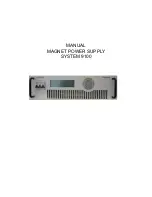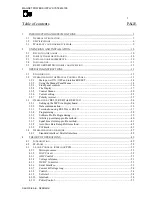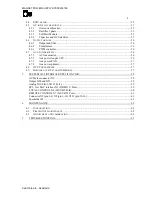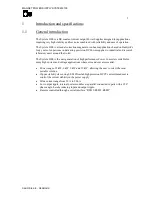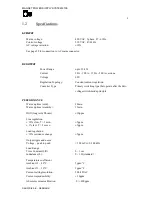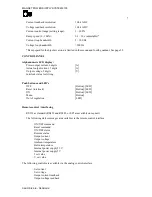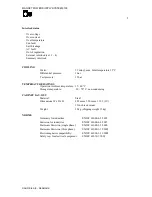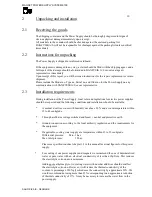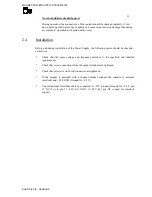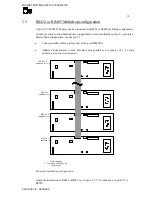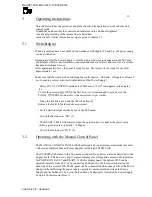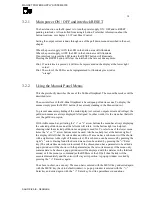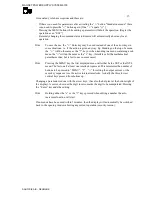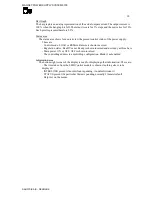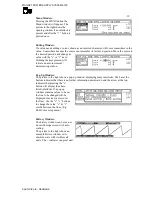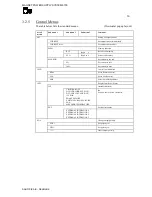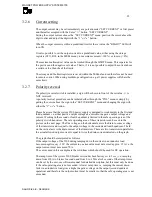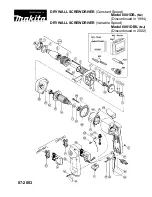
MAGNET POWER SUPPLY SYSTEM 9100
10
DANFYSIK A/S - DENMARK.
2
Unpacking and installation
2.1
Receiving the goods
The Shipping container and the Power Supply should be thoroughly inspected for signs of
obvious physical damage immediately upon receipt.
All materials in the container should be checked against the enclosed packing list.
DANFYSIK A/S will not be responsible for shortages against the packing list unless notified
immediately.
2.2
Instructions for unpacking
The Power Supply is shipped in reinforced cardboard.
If the equipment is damaged in any way, a claim should be filed with the shipping agent, and a
full report of the damage should be forwarded to DANFYSIK A/S or our local agent/-
representative immediately.
Upon receipt of this report, you will be issued instructions for the repair, replacement or return
shipment.
Please include the Model no, Type no, Serial no, and Order no for the Power Supply on any
communication with DANFYSIK A/S or our representative.
2.3
Installation requirements
During installation of the Power Supply, local rules and regulations for electric power supplies
should be respected and the following conditions and installations should be available.
*
A normal, dust free room with humidity not above 80 % and a room temperature within
15 to 40 centigrade.
*
Three-phase Mains voltage switched and fused, + neutral and protective earth.
*
Ground connection according to the local authority regulation and the requirements for
the equipment.
*
If applicable, cooling water supply at a temperature within 15 to 35 centigrade.
Differential pressure:
Min. 1 bar.
Max. inlet pressure:
12 bar.
Please see specification sheet chapter 1.2 in this manual for actual figures for this power
supply.
*
For cooling of our power supplies and magnets we recommend the use of demineralised
water or pure water with an electrical conductivity of less than 10μS/cm. This reduces
the electrolytic corrosion to a minimum.
Adding pure ethylene glycol to cooling water with no other additives should not affect
the electrolytic corrosion. However, it will reduce the thermal conductivity of the
coolant. A percentage of 40% glycol reduces the conductivity by approximate 30%. We
would recommend not using more than 25% corresponding to an approximate reduction
of thermal conductivity of 17%. It may be necessary to increase the water flow in the
power supply.

